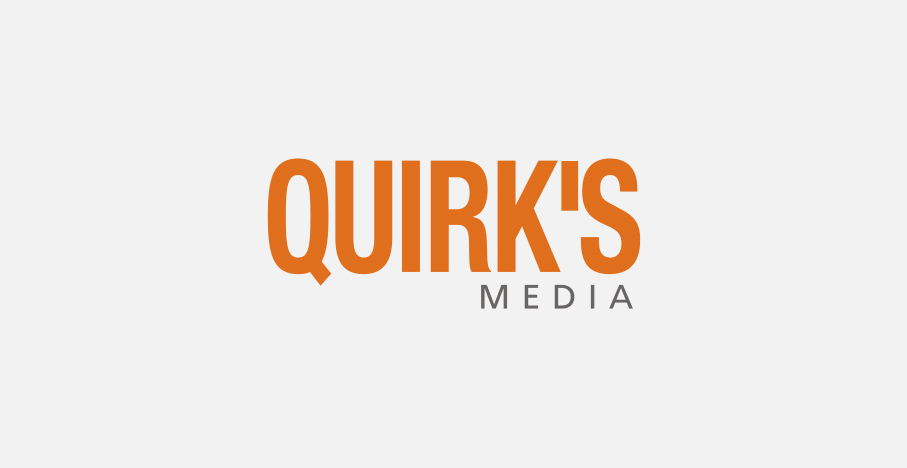Editor’s note: Tom Ewing is senior director, BrainJuicer Labs at London-based market research agency BrainJuicer. This is an edited version of a post that originally appeared here under the title, “Ad skipping and how to avoid it.”
New online behavior brings new challenges for advertisers. How to get seen, how to get shared and increasingly, how not to get skipped. Ad skipping has always been with us, of course. If you flipped the TV channel when an ad you hated came on or got up off the couch at the commercial break, you were skipping as surely as you are when you frantically hunt for that tiny “X” to click. But like a lot of behaviors in the digital age, skipping is now easier and quicker. What can be done about it?
It’s worth clarifying what I mean here. I’m not talking about ad blocking, where people never see the ads in the first place. Skipping ads is a different thing: it’s when someone starts watching an ad but doesn’t finish. At some point, usually very quickly, they stop it.
So if you want to tackle skipping a lot rests on the first few seconds. This poses a particular challenge if you believe – as we do, with plenty of evidence – that what makes advertising effective is its emotional impact. If you feel nothing, you do nothing – but someone who skips an ad is never going to get the chance to feel anything! How should an ad use its opening seconds to make an emotional promise that takes you through to the rest of it?
This is an area where advertising researchers are increasingly coming together and sharing their findings, since it affects every one of our clients. For instance, Google, who as owners of YouTube have a tremendous amount of data, recently published “The first 5 seconds,” which takes a sensible, pragmatic approach to the problem. And there are no hard and fast rules.
But some things still work better than others. What’s fascinating about the Google research is that several of the principles it identifies as discouraging skipping are also just plain good practice for creating emotional ads. Reducing the brand footprint in the first few seconds lowers skip rates, for instance, just as reducing heavy-handed branding and messaging throughout an ad leaves more room for emotion to work its magic. And smiling people make an ad harder to skip – they also are likely to make a positive first emotional impression.
So some of what prevents skipping should also build positive emotion. But other techniques familiar to emotional advertising don’t fare so well. For instance, a lot of great emotional ads take the viewer on an emotional journey – building up negative emotion before resolving it into happiness. That kind of complex storytelling is vital for generating flux, the emotional dynamism of an ad which is strongly associated with the chance of it being shared.
But if only the first few seconds count, that kind of complex storytelling may fall flat. It could be that in the future we will see two distinct approaches to advertising. One, aiming to be shared, changes emotional direction a lot to tell an intense, rollercoaster ride of a story. It risks being skipped, but those who do watch are a lot more likely to pass it on. The other approach, aiming simply not to be skipped, aims for fun and happiness from the beginning, and keeps more viewers but with a lower chance at virility.
We are currently running experiments to get a better handle on the emotions surrounding skipping. But we already can find in our databases ads which epitomize these two approaches. Let’s take two dog food ads from our FeelMore50 list – both five star, highly emotional commercials. Purina’s “Puppyhood,” the most emotional ad we tested last year, is a good example of the quick build in emotion approach – it very rapidly introduces its dog and human heroes and hopefully cuts off the desire to skip. You hear a bark in the fourth second of the ad, bang on time!
Pedigree’s “First days out,” on the other hand, takes a much slower-burn approach, building up its story of ex-cons redeemed through dogs and gradually turning negative emotion around. Its moody intro does nothing to avoid skipping but those who make it through are well rewarded with a highly emotional payoff. It scored highly on flux, and indeed was a viral sensation in Brazil.
Both approaches have their risks. The slow-burn option risks losing valuable viewers. The quick-fire happiness option can leave the rest of the ad on a downhill slope – and might also tempt advertisers to sucker viewers in with feeling and then hit them with rapid and tedious message-based claims.
The beauty of emotional advertising, though, is that it is extremely adaptable. As ad skipping becomes the norm, the best creatives will work out ways to get the best of both worlds – a big feel good hit at the beginning, and a nuanced slow-build story below the fold. Like many a change, skipping looks like it might be a disaster but can just as easily become a big opportunity.
